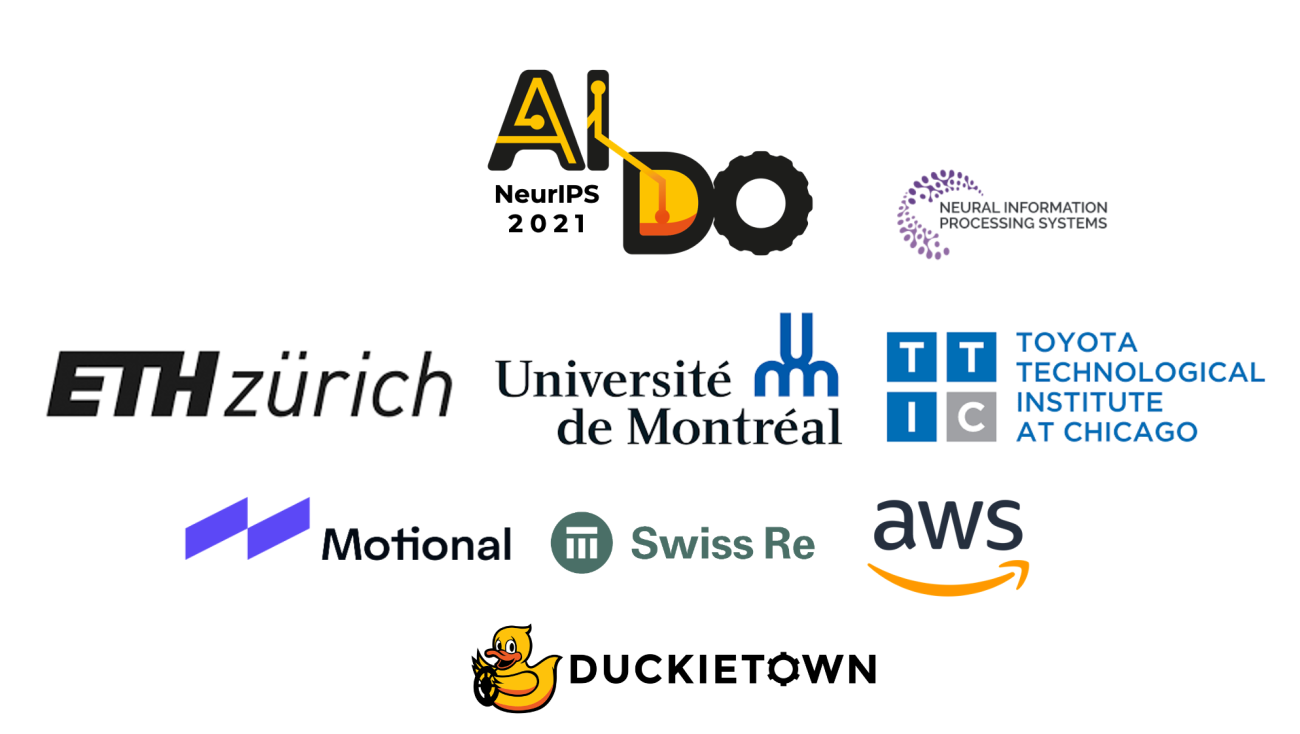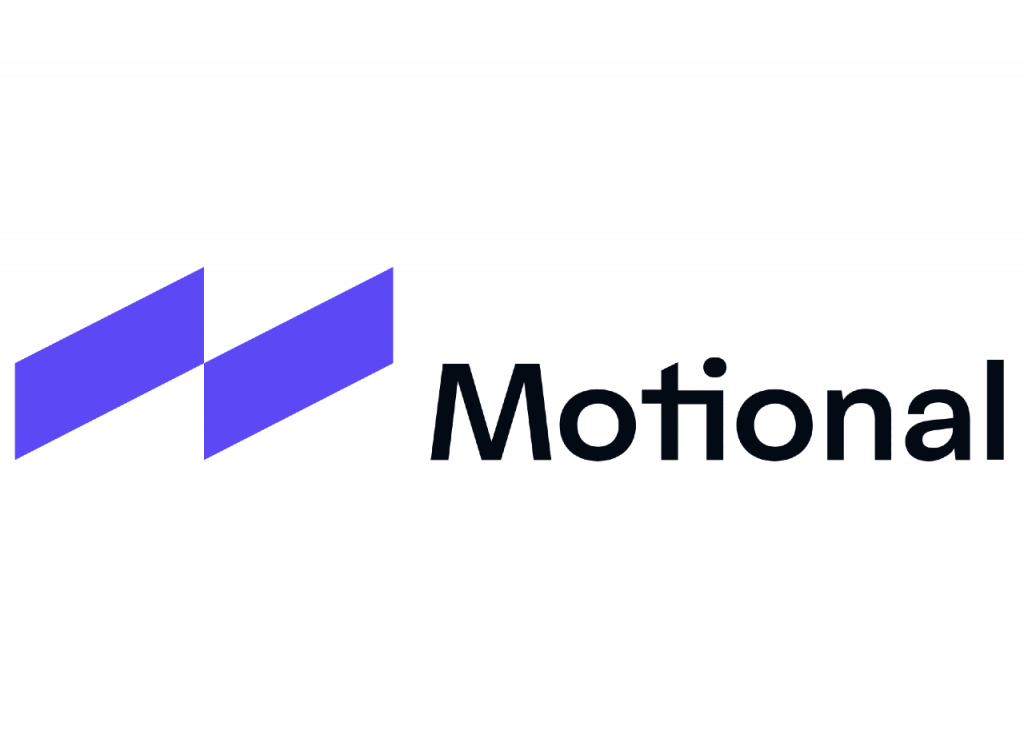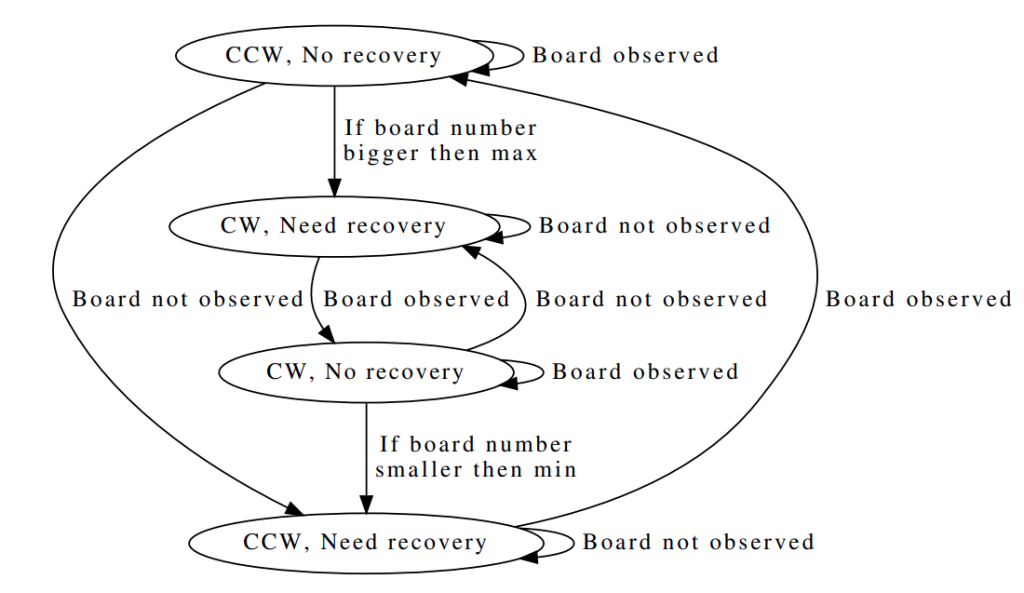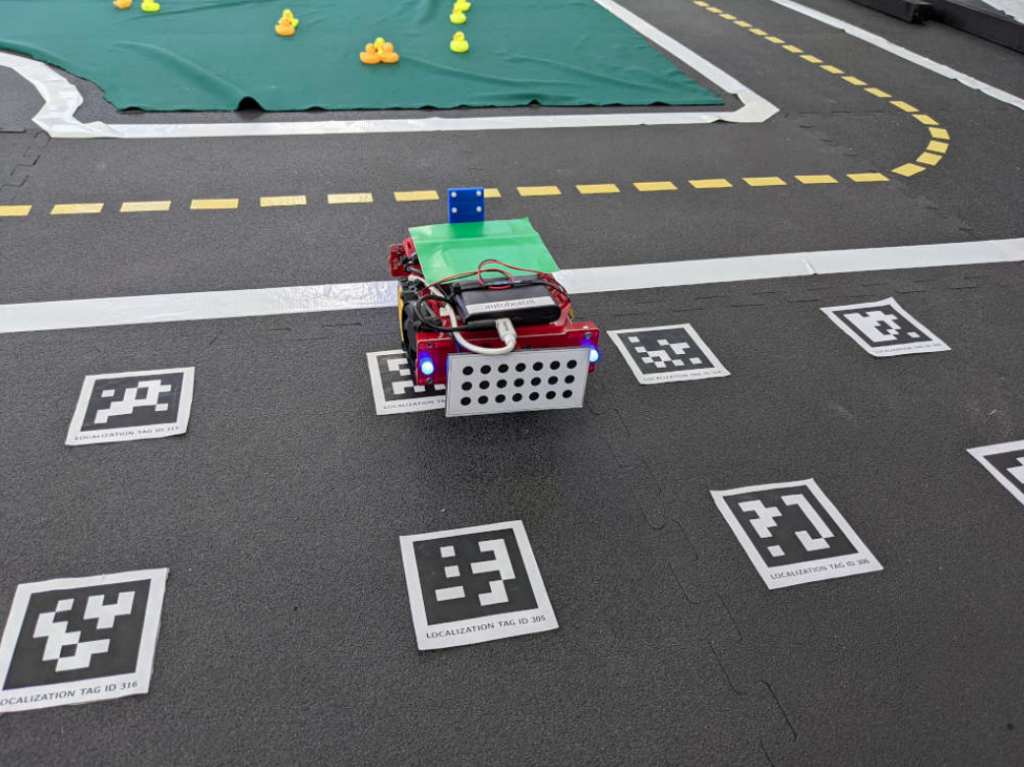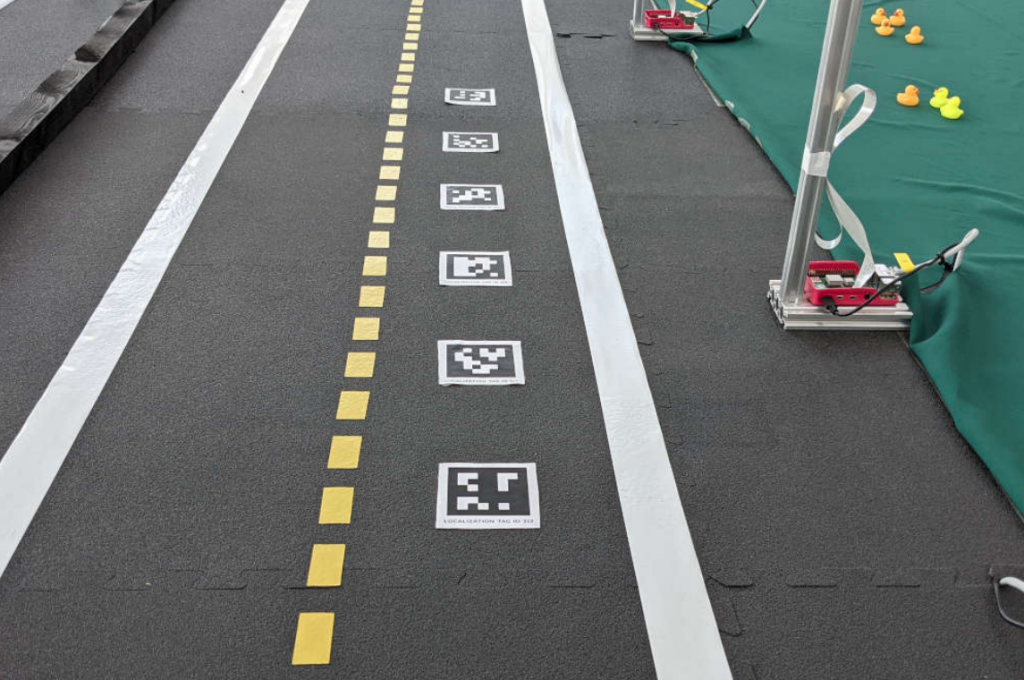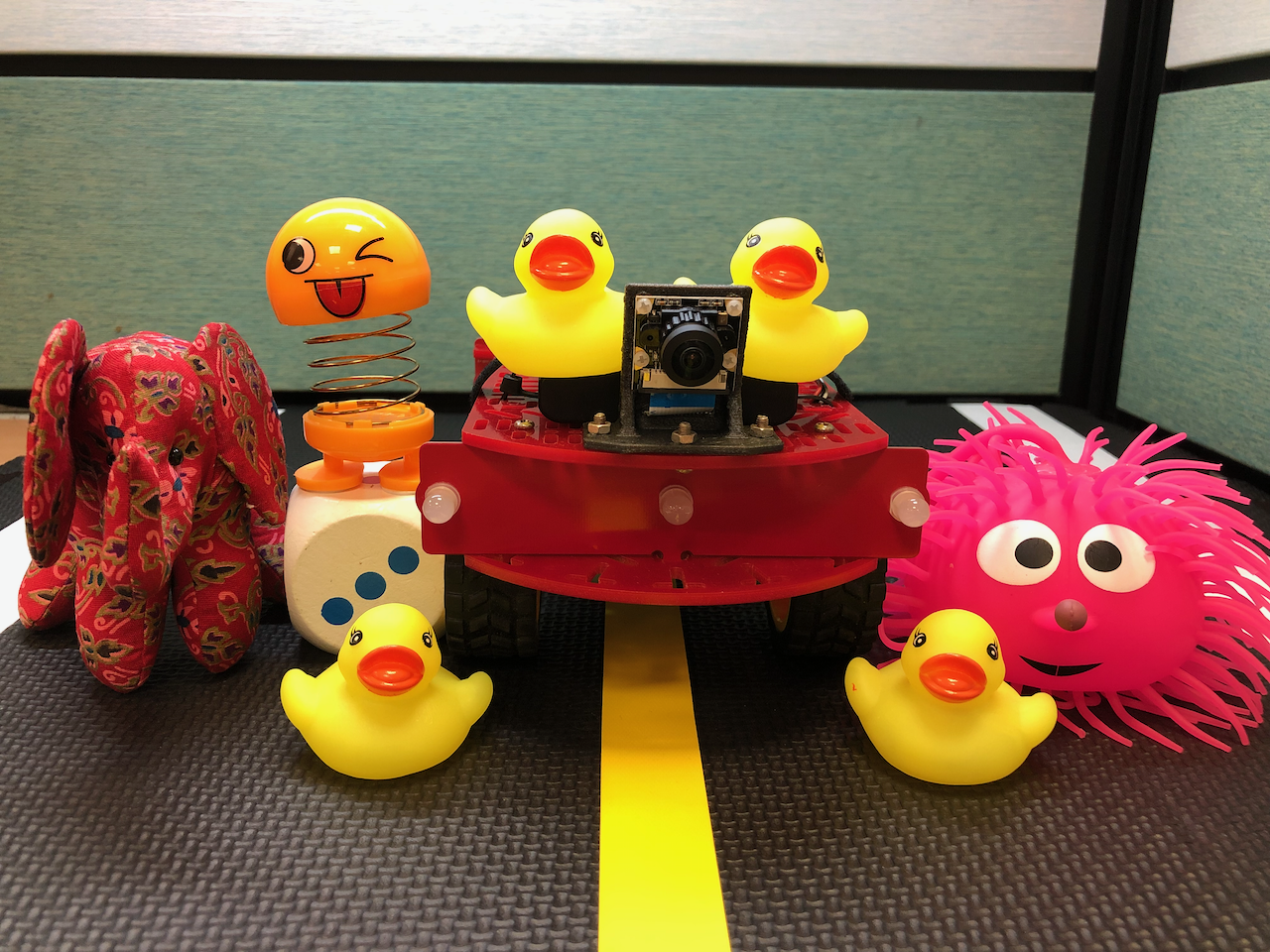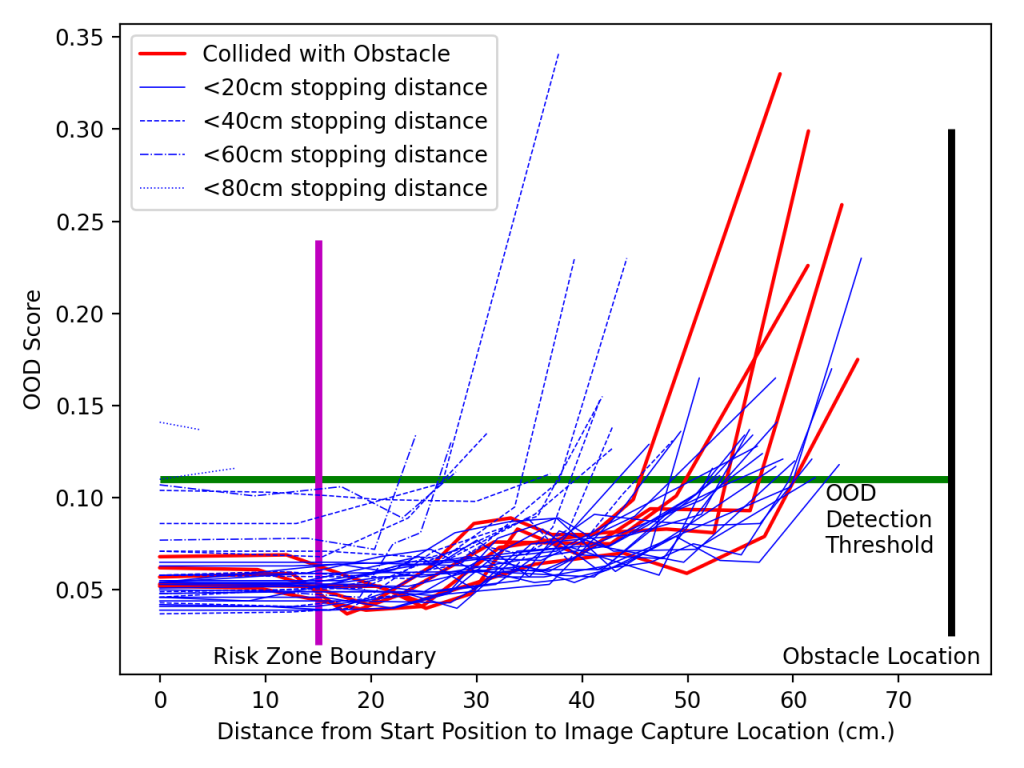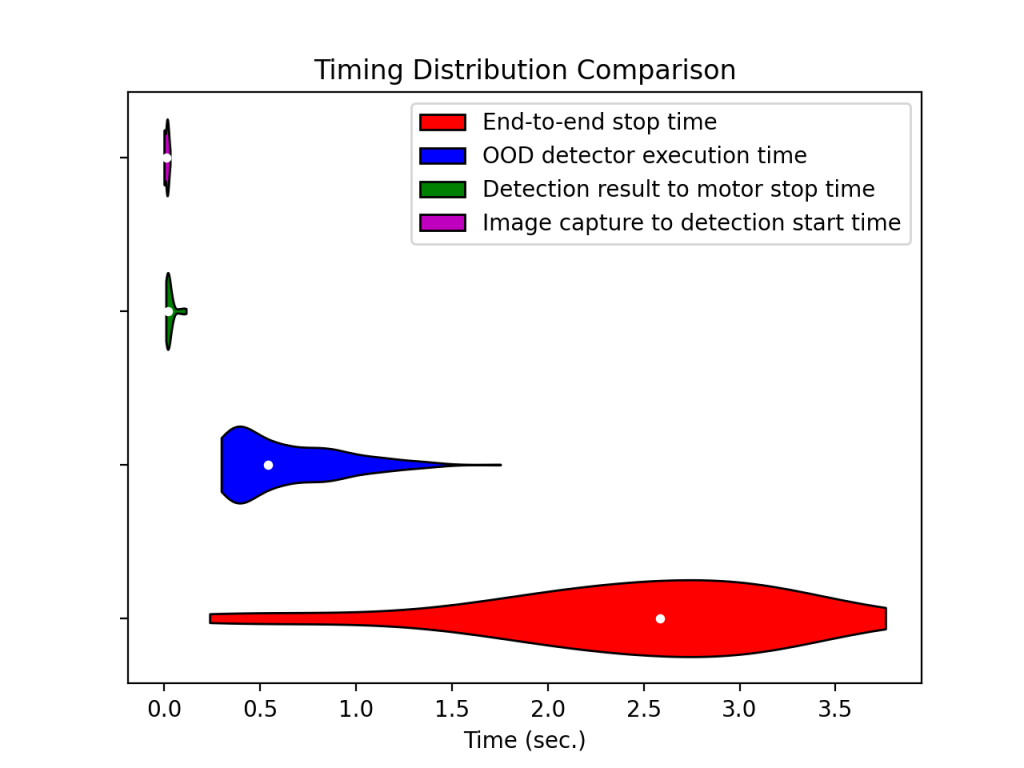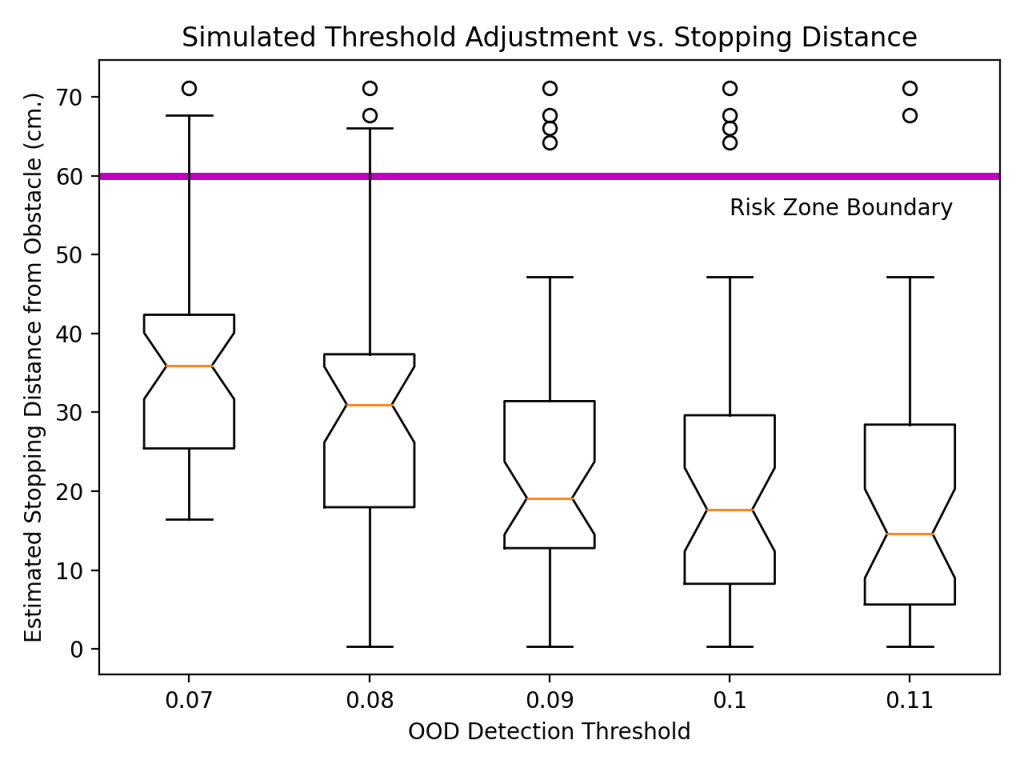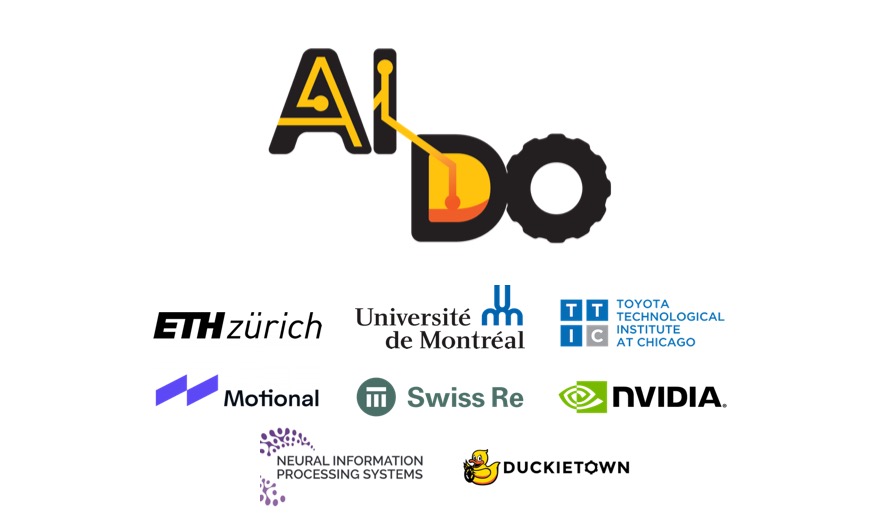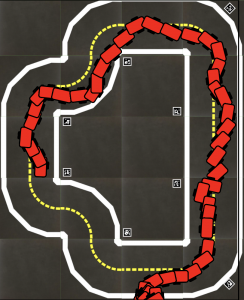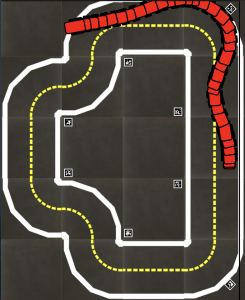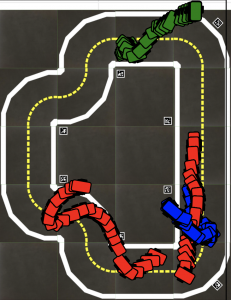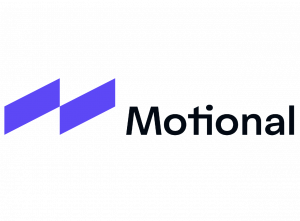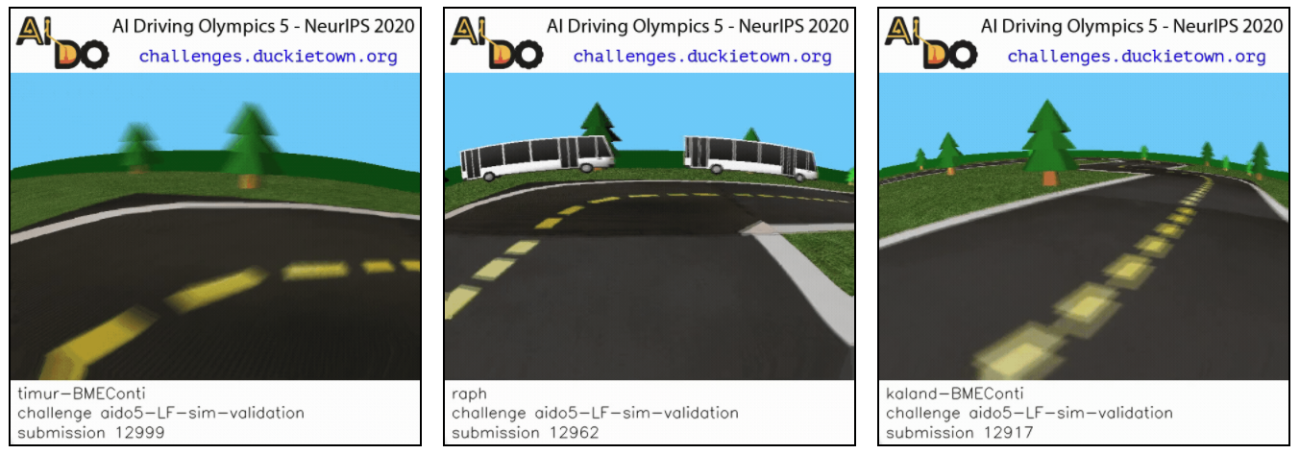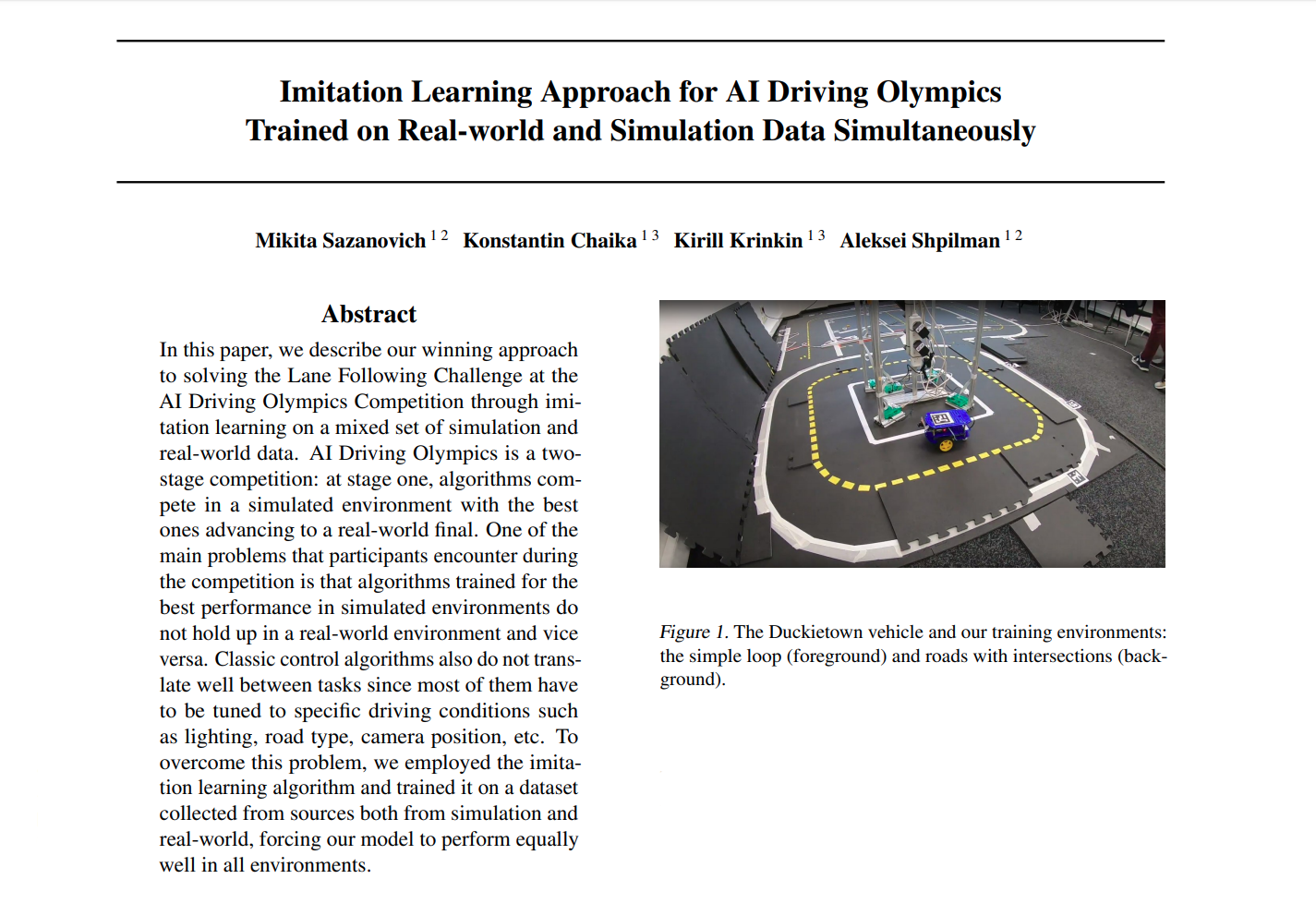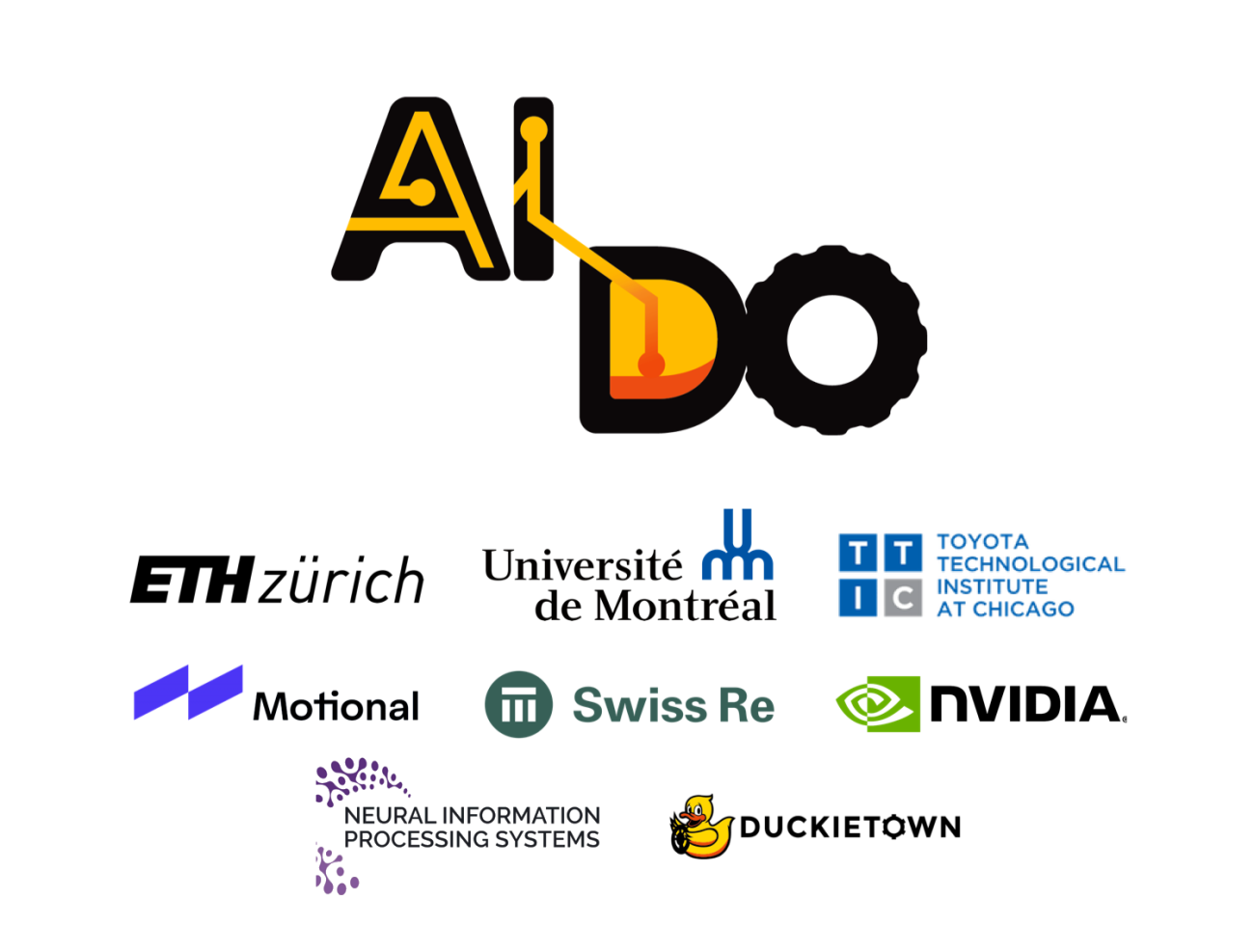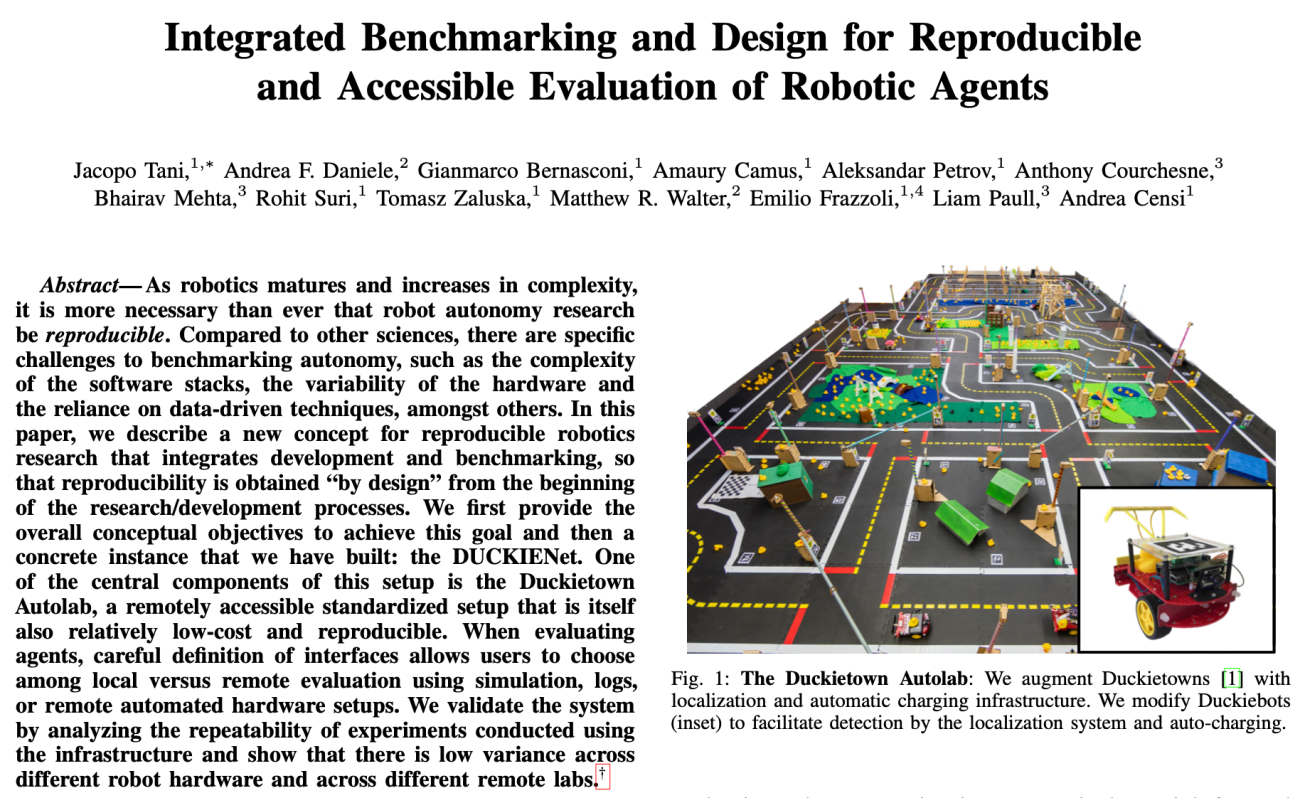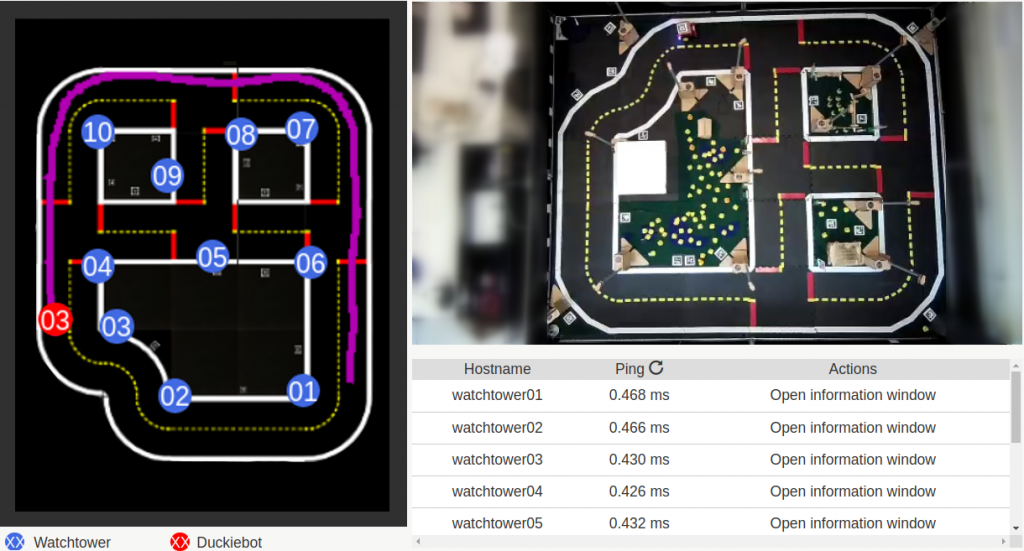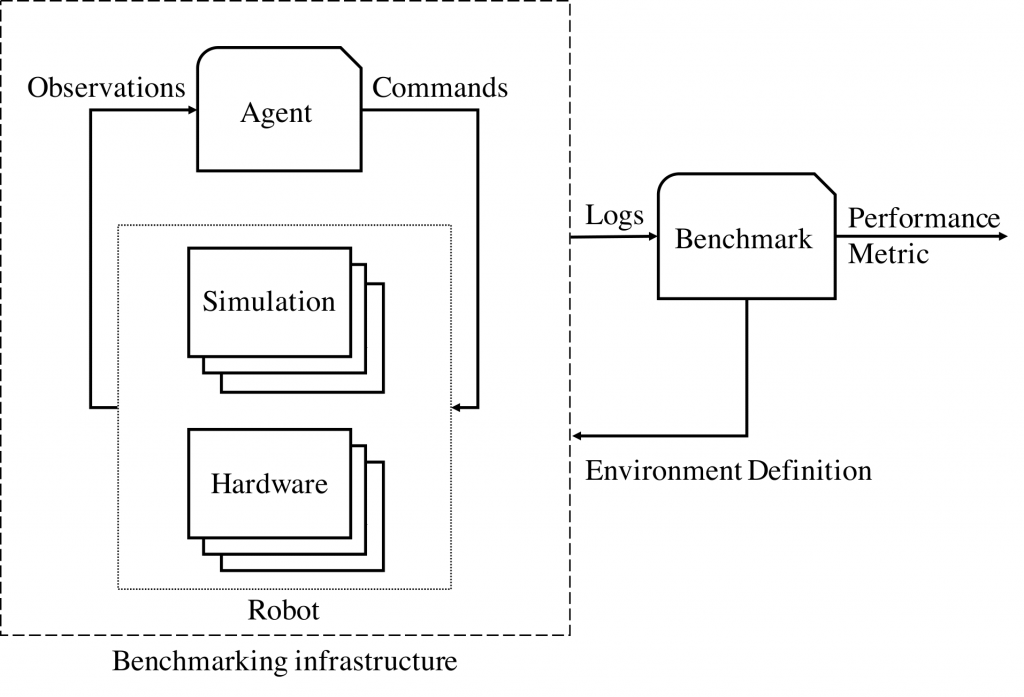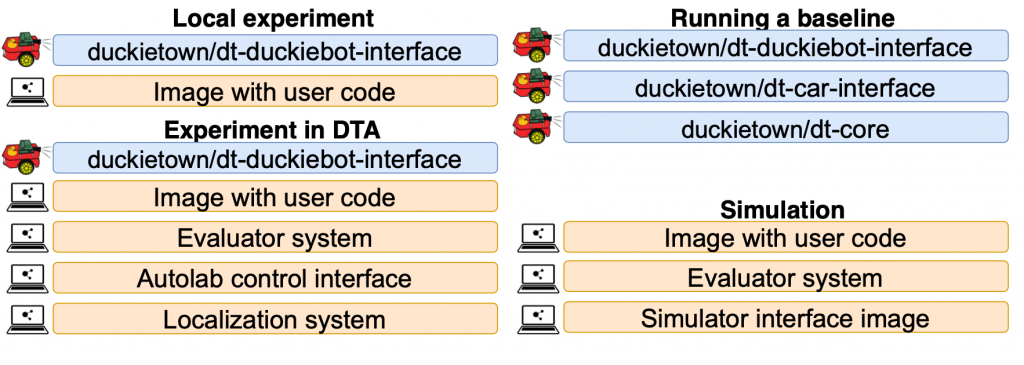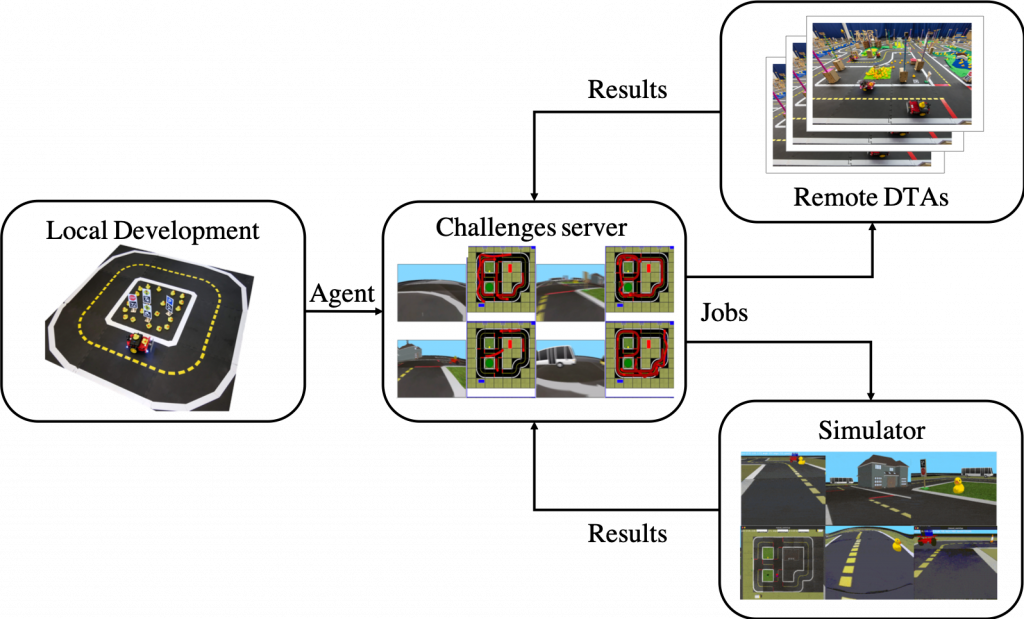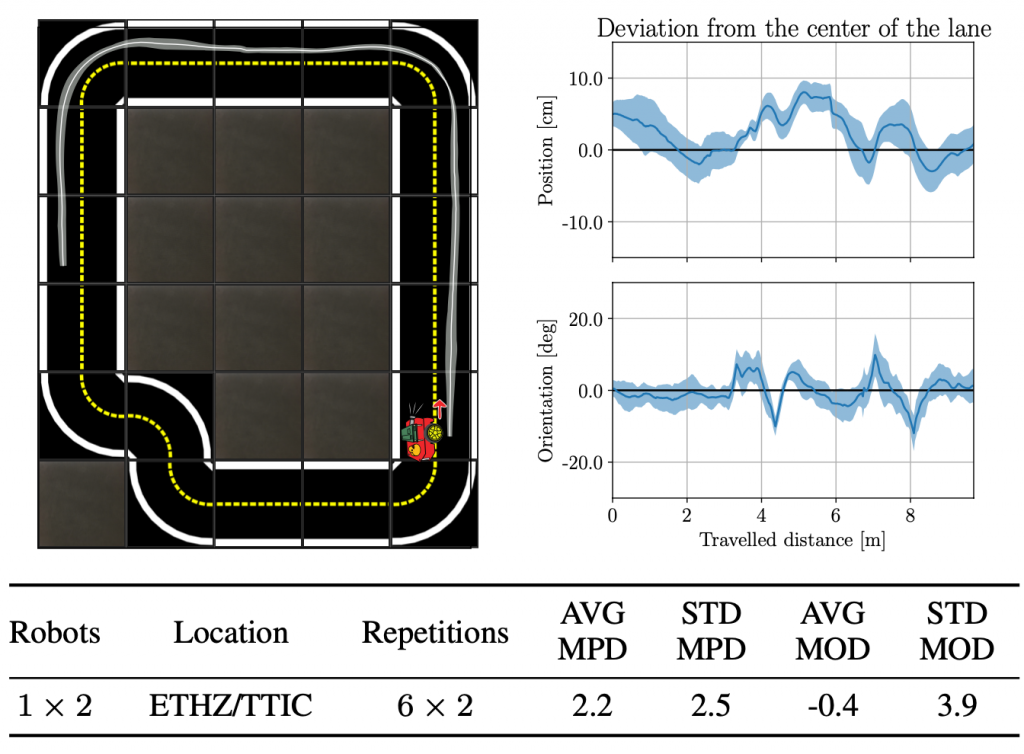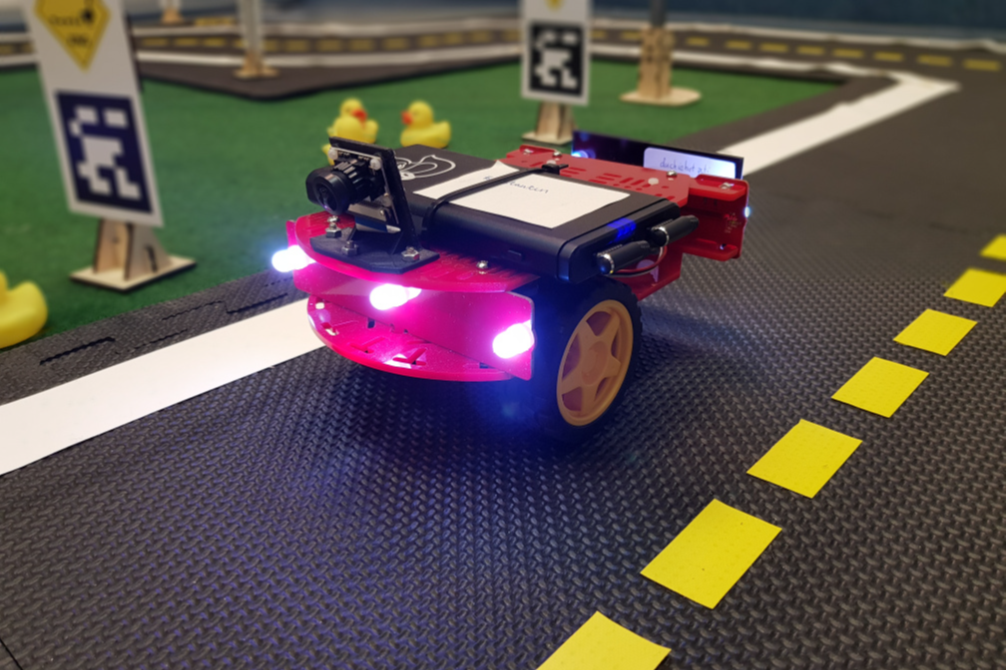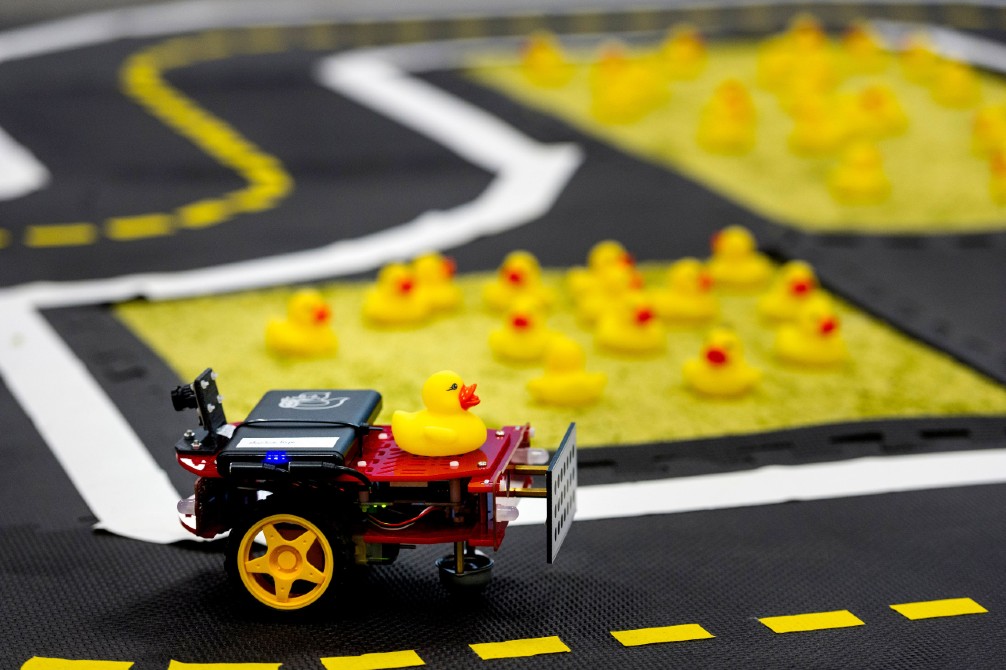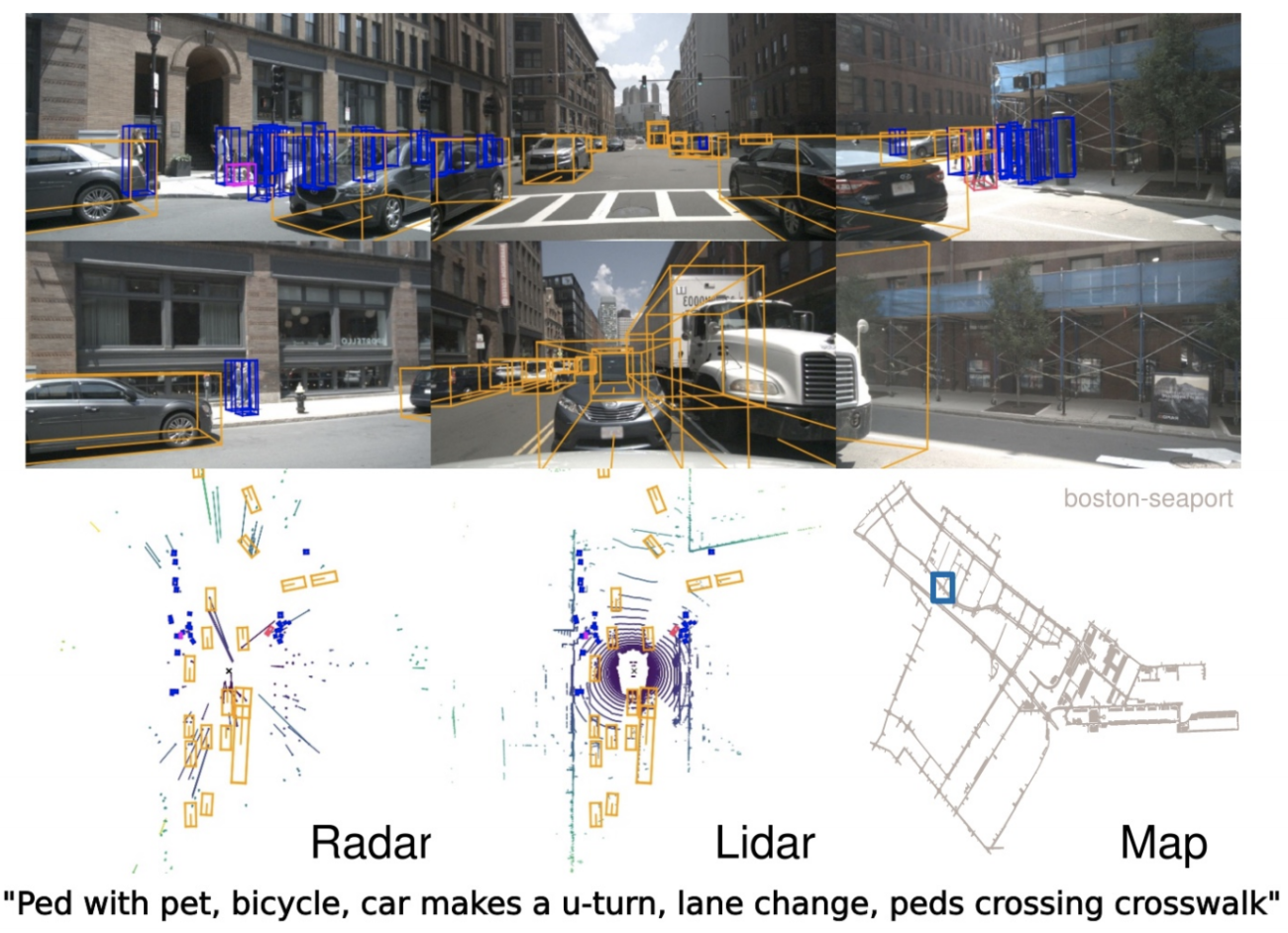The 2021 AI Driving Olympics
Compete in the 2021 edition of the Artificial Intelligence Driving Olympics (AI-DO 6)!
The AI-DO serves to benchmark the state of the art of artificial intelligence in autonomous driving by providing standardized simulation and hardware environments for tasks related to multi-sensory perception and embodied AI.
Duckietown traditionally hosts AI-DO competitions biannually, with finals events held at machine learning and robotics conferences such as the International Conference on Robotics and Automation (ICRA) and the Neural Information Processing Systems (NeurIPS).
AI-DO 6 will be in conjunction with NeurIPS 2021 and have three leagues: urban driving, advanced perception, and racing. The winter champions will be announced during NeurIPS 2021, on December 10, 2021!
Urban driving league
The urban driving league uses the Duckietown platform and presents several challenges, each of increasing complexity.
The goal in each challenge is to develop a robotic agent for driving Duckiebots “well”. Baseline implementations are provided to test different approaches. There are no constraints on how your agents are designed.
Each challenge adds a layer of complexity: intersections, other vehicles, pedestrians, etc. You can check out the existing challenges on the Duckietown challenges server.
AI-DO 2021 features four challenges: lane following (LF), lane following with intersections (LFI), lane following with vehicles (LFV) and lane following with vehicles and intersections, multi-body, with full information (LFVI-multi-full).
All challenges have a simulation and hardware component (

LFVI-multi-full, which is simulation (
The first phase (until Nov. 7) is a practice one. Results do not count towards leaderboards.
The second phase (Nov. 8-30) is the live competition and results count towards official leaderboards.
Selected submissions (that perform well enough in simulation) will be evaluated on hardware in Autolabs. The submissions scoring best in Autolabs will access the finals.
During the finals (Dec. 1-8) one additional submission is possible for each finalist, per challenge.
Winners (top 3) of the resulting leaderboard will be declared AI-DO 2021 winter champions and celebrated live during NeurIPS 2021. We require champions to submit a short video (2 mins) introducing themselves and describing their submission.
Winners are invited to join (not mandatory) the NeurIPS event, on December 10th, 2021, starting at 11.25 GMT (Zoom link will follow).
Overview
| 🎯 | Goal: develop robotic agents for challenges of increasing complexity |
| 🚙 | Robot: Duckiebot (DB21M/J) |
| 👀 | Sensors: camera, wheel encoders |
Schedule
 | Practice: Nov. 1-7 |
 | Competition: Nov. 8-30 |
 | Finals: Dec. 1 – 8 |
 | Winners: Dec. 10 |
Rules
 | Practice: unlimited non-competing submissions |
 | Competition: best in sim are evaluated on hardware in Autolabs |
 | Finals: one additional submission for Autolabs |
 | Winners: 2 mins video submission description for NeurIPS 2021 event. |
The challenges
Lane following 

LF – The most traditional of AI-DO challenges: have a Duckiebot navigate a road loop without intersection, pedestrians (duckies) nor other vehicles. The objective is to travel the longest path in a given time while staying in the lane, i.e., not committing driving infractions.
Current AI-DO leaderboards: LF-sim-validation, LF-sim-testing.
Previous AI-DO leaderboards: sim-validation, sim-testing, real-validation.
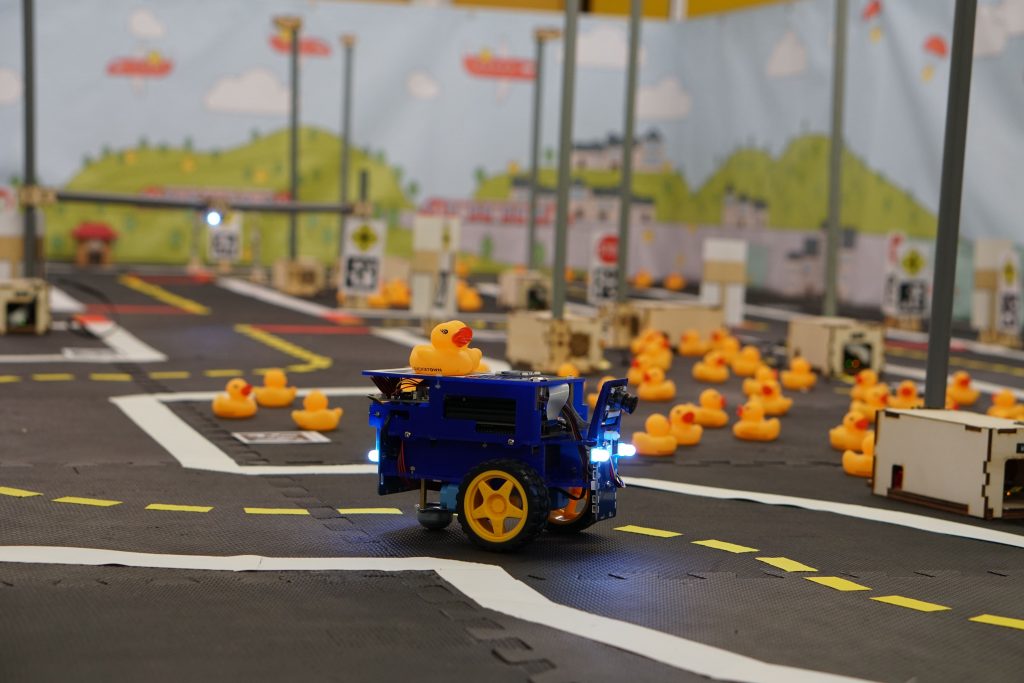
Lane following with intersections 

LFI – This challenge builds upon LF by increasing the complexity of the road network, now featuring 3 and/or 4-way intersections, defined according to the Duckietown appearance specifications. Traffic lights will not be present on the map. The objective is to drive the longest distance while not breaking the rules of the road, now more complex due to the presence of traffic signs.
Current AI-DO leaderboards: LFI-sim-validation, LFI-sim-testing.
Previous AI-DO leaderboards: sim-validation, sim-testing.
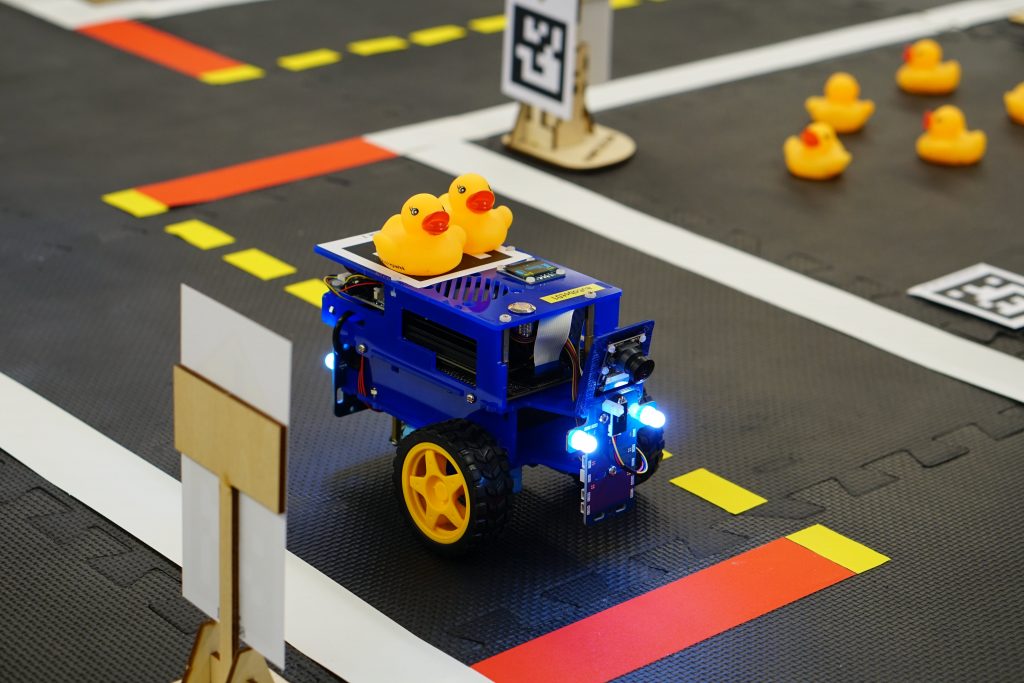
Lane following with vehicles 

LFV – In this traditional AI-DO challenge, contestants seek to travel the longest path in a city without intersections nor pedestrians, but with other vehicles on the road. Non-playing vehicles (i.e., not running the user’s submitted agent) can be in the same and/or opposite lanes and have variable speed. Current AI-DO leaderboards: LFV-sim-validation, LFV-sim-testing.
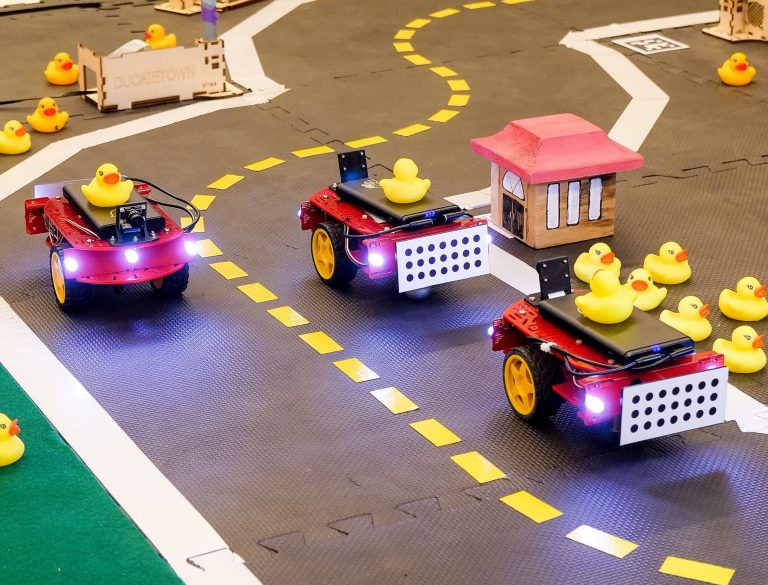
Lane following with vehicles and intersections (stateful) 
LFVI-multi-full – this debuting challenge brings together roads with intersections and other vehicles. The submitted agent is deployed on all Duckiebots on the map (-multi), and is provided with full information, i.e., the state of the other vehicles on the map (-full). This challenge is in simulation only. Leaderboards: LFVI_multi_full-sim-validation
Getting started
All you need to get started and participate in the AI-DO is a computer, a good internet connection, and the ambition to challenge your skills against the international community!
We provide webinars, operation manuals, and baselines to get started.
May the duck be with you!

